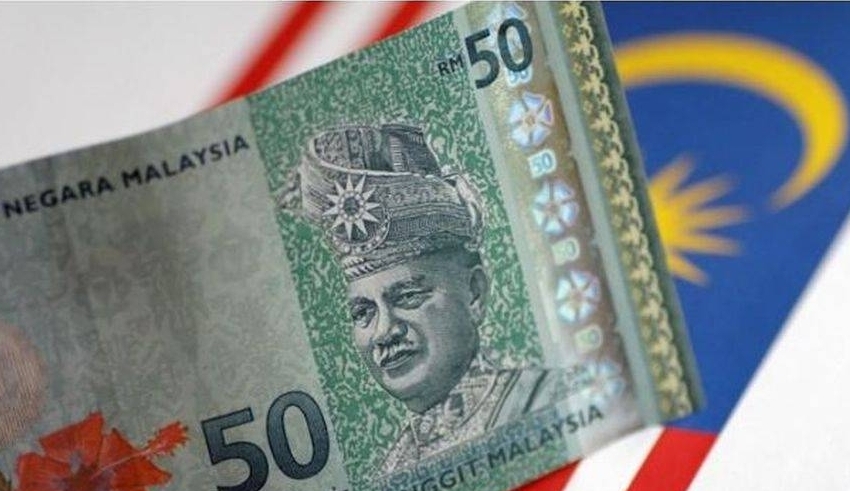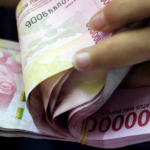
In a significant development for Southeast Asia’s economic landscape, both the Malaysia Ringgit and the Singapore Dollar have experienced a historic slump, reaching all-time lows against major currencies. CNA provides valuable insights into the various factors contributing to this drastic decline and its implications for the regional economies.
One key factor influencing the slump is the evolving global market dynamics. Uncertainties surrounding global trade relations and geopolitical tensions have fueled market volatility, affecting currencies worldwide. The Malaysia Ringgit and Singapore Dollar, being export-driven economies, have been particularly vulnerable to fluctuations in international trade conditions.
Another crucial aspect to consider is the monetary policy pursued by the respective central banks. In Malaysia, the central bank’s decision to maintain a loose monetary policy to stimulate economic growth amidst the pandemic has put downward pressure on the Ringgit. Similarly, the Monetary Authority of Singapore’s cautious stance in response to inflationary concerns has impacted the value of the Singapore Dollar.
Keep Reading
Moreover, the persistently high inflation rates in both countries have adversely affected the purchasing power of their currencies. Rising prices of goods and services have eroded the value of the Malaysia Ringgit and the Singapore Dollar, further contributing to their slump. This has raised concerns among businesses and consumers alike, leading to adjustments in investment decisions and spending patterns.
Additionally, the ongoing global supply chain disruptions have played a role in the depreciation of the two currencies. Disruptions caused by the pandemic, such as shipping delays and shortages of key commodities, have disrupted trade flows and impacted export-oriented economies like Malaysia and Singapore.
The weakened Malaysia Ringgit and Singapore Dollar can make imports more expensive, potentially leading to higher costs for businesses and consumers. Conversely, exports may become more competitive in international markets, presenting opportunities for certain sectors.
However, the overall impact on the economies depends on several interconnected factors, including the scale and duration of the currency depreciation, government policies, and market responses. Close monitoring and proactive measures by policymakers will be crucial to mitigate the adverse effects and stabilize the currencies.
As the situation evolves, it is important for businesses, investors, and individuals to stay informed about the factors shaping the currency slump. Understanding the complexities involved can help navigate the challenges and make informed decisions to protect assets and adapt to the changing economic landscape.



























